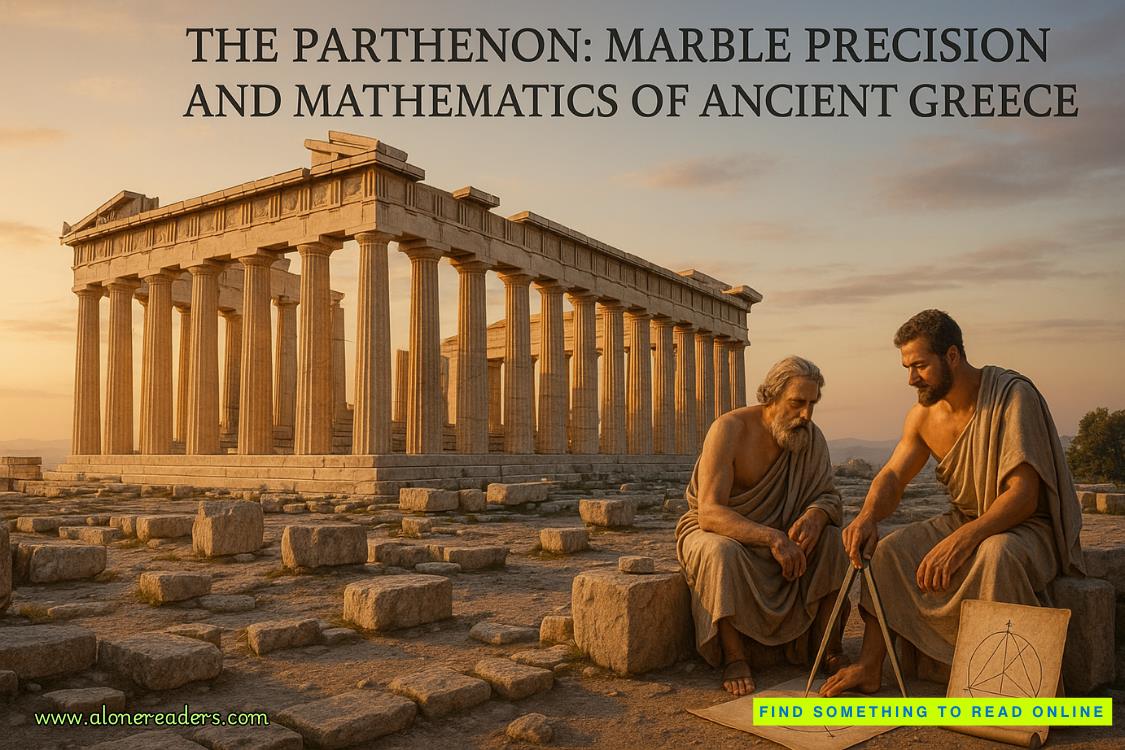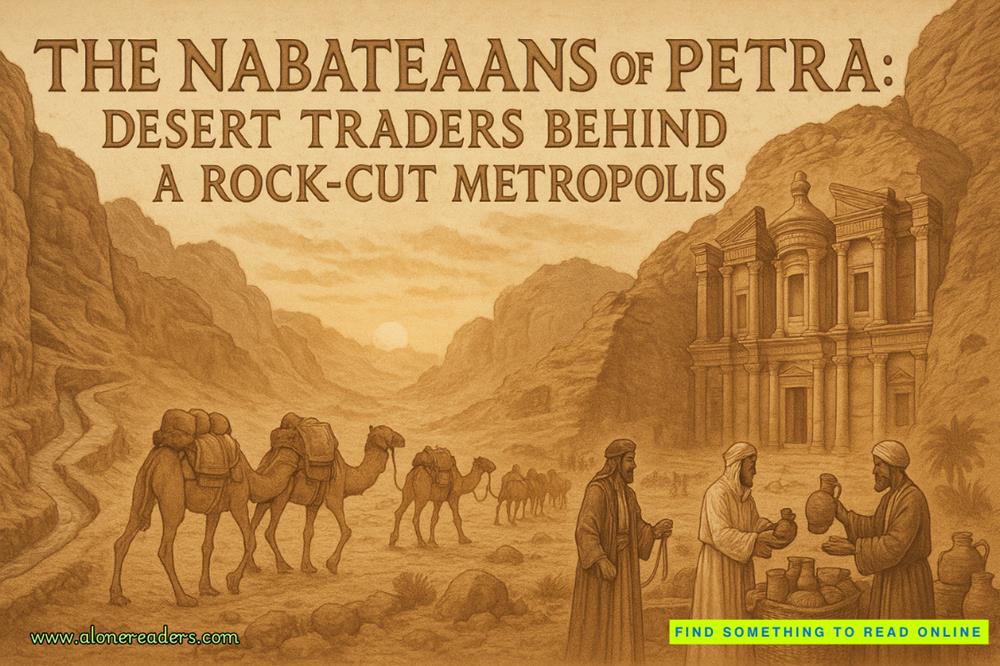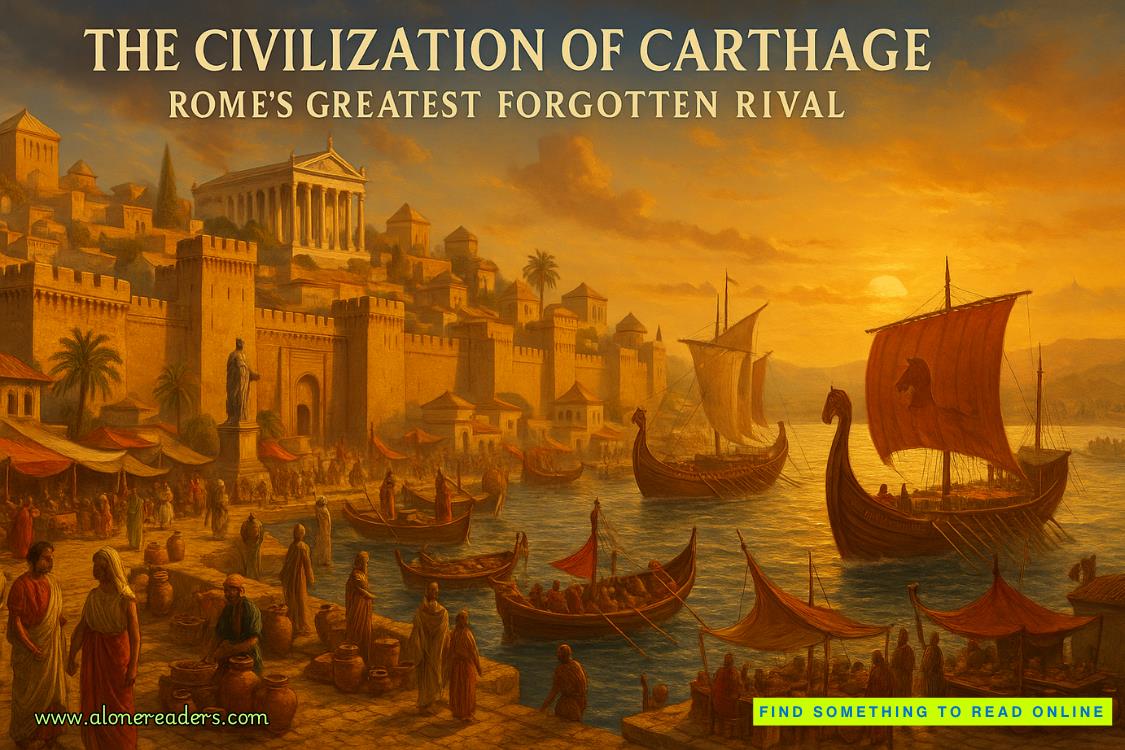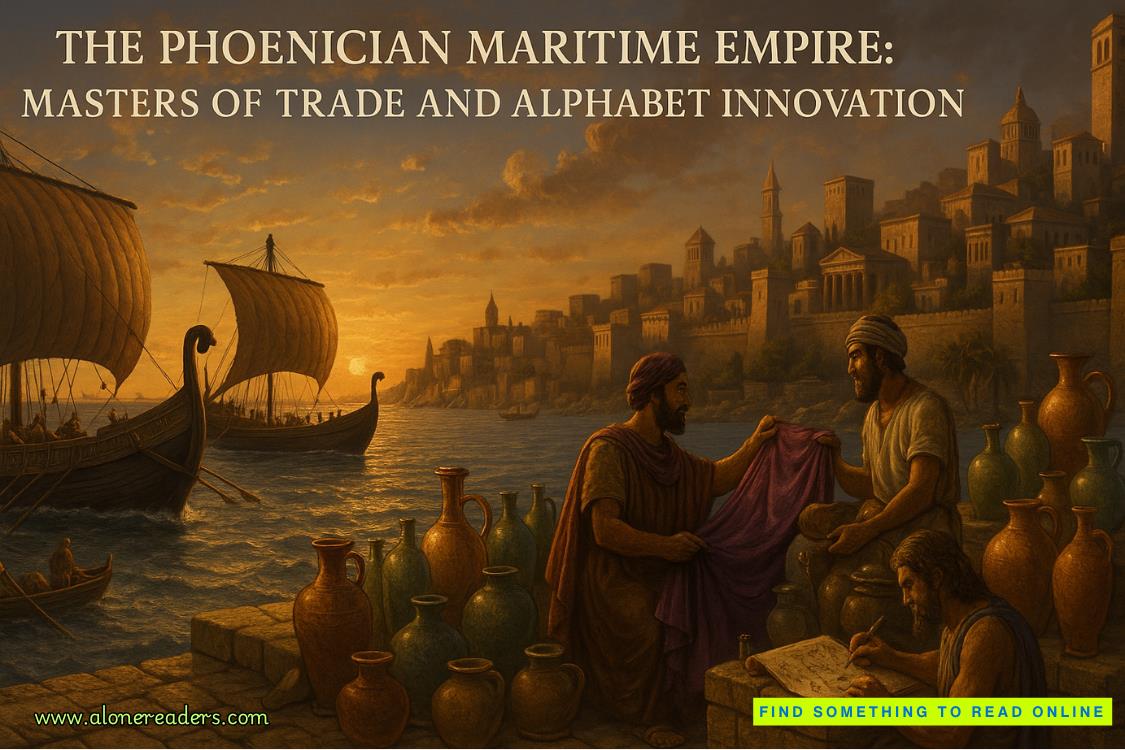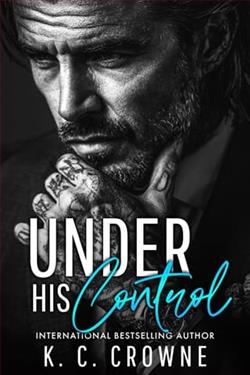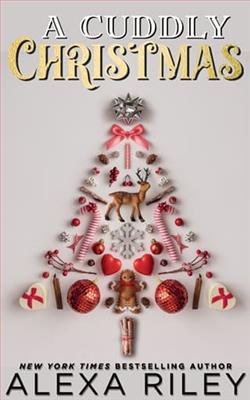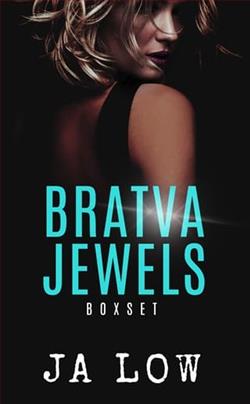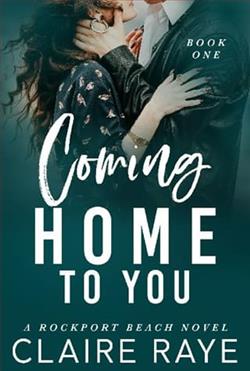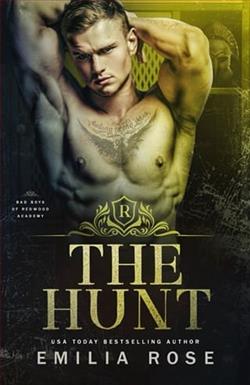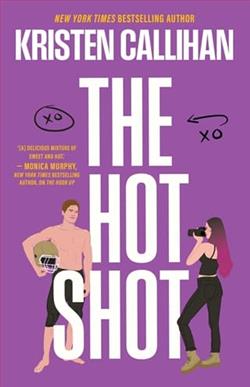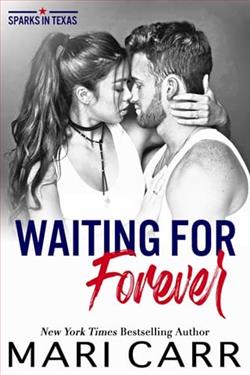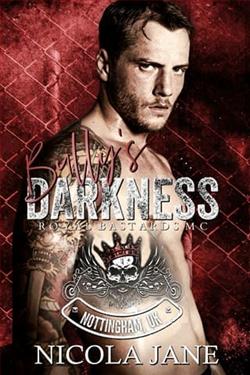Page 73 of The 9th Man
They were married a few days after they each passed the Illinois bar exam. Ray, having had enough of Oklahoma, followed Maureen back to her hometown of Lafayette, Louisiana. Less than a week after arriving an agent from the New Orleans FBI field office knocked on his door. Ray’s name had been passed on by one of his professors at law school, who considered him a prime candidate. By then his father had died so he took the meeting, agreed to attend the training academy, and was eventually sworn in as a special agent.
His wife, though wanting to start a law practice in her hometown, was an old-school southern girl devoted to her husband. So she gave up her ambitions and followed Ray to his various postings, as he rose through the ranks. He logged twenty-two years chasing bank robbers and white-collar criminals before retiring. He, Maureen, and their only son returned to Hackberry, where Maureen’s family owned a house. The idea was to finally settle down for their golden years. A chance for him to make up to her for all the years of sacrifice. But Maureen died. Breast cancer. Sudden and fast. Ray took it hard. He harbored a lot of guilt on his career coming first. Maureen never complained, but he knew that she’d wanted to be a lawyer, and never had the chance. A year after she died, he sold the house in Hackberry and retreated into the bayou, where he’d lived for the past thirty-four years.
“My dad,” Sue said, “is a city boy. He lives in Los Angeles and cares little for the bayou. He came back here for the funeral, then left quick.”
“And you?” Jillian asked.
“I love it here, and Papa liked having me around.”
He’d noticed something earlier when he surveyed the house, learning the lay of the land. Two bookcases stood just past the kitchen, the sagging wooden shelves filled with volumes on one subject.
JFK’s assassination.
Hardcover, softcover, and paperbacks in all shapes and sizes by a multitude of authors, each one surely offering its own spin and interpretation as to what happened in Dallas on November 22, 1963. All in stark contrast with Benji’s house where there’d been nothing on the subject.
“Was Ray into the Kennedy assassination?” he asked.
“Heavens, yes,” Sue said. “He read a lot of books on the subject and even had a part in the later investigation.”
He listened as she explained that in 1967 at a Maryland ballistics laboratory, CBS News commissioned eleven volunteer marksmen, who, unlike Oswald, had prior experience with a properly sighted 6.5mm Carcano rifle, the one used to kill Kennedy. Despite their skill and expertise, and the lack of pressure from their shots not being actual murder attempts, only one of the eleven shooters was able to score three hits of the target.
Ray Simmons.
“Papa was there for the FBI and hit the three targets without the gun jamming. For the others, there was a lot of jamming.”
He knew why.
Ticking off high-powered rifle shots with an old weapon like that generated a lot of heat, which tended to lessen its effectiveness. During World War II and Korea rifle jamming was common. Yet Oswald, who fired his three shots in a matter of seconds, had not experienced that. Which conspiratorialists had long seized upon.
“How was he chosen?” Jillian asked.
“He’d been involved with testing on Oswald’s actual rifle,” Sue said. “He was working with the FBI in 1963 and was known as a good shot. He told me all about it. Several times.”
Luke smiled. “And you listened as a good granddaughter does?”
Sue nodded. “Absolutely. It was not long after November 22 that the FBI ran tests on the rifle. He was the one who fired it. Let me show you something.”
She sat at the computer and worked the keyboard, finding a file she opened. Luke studied the screen and saw it was a copy of an official FBI document stampedDECLASSIFIED.
“This is the findings from what he did in ’63,” she said.
He and Jillian read.
Based on test firings, FBI firearms experts have concluded that the 6.5×52mm Carcano Model 38 infantry carbine with a telescopic sight is an accurate weapon. The targets we fired show that. From 15 yards, all three bullets in a test firing landed approximately 2½ inches high and 1 inch to the right, in the area about the size of a dime. At 100 yards the test shots landed 2½ to 5 inches high, within a 3-to-5-inch circle. The scope’s high variation would actually work in the shooter’s favor. With a target moving away from the shooter no lead correction would have been necessary to follow the target. But the rifle could not be perfectly sighted using the scope without installing two metal shims (small metal plates), which were not present when the rifle arrived for testing, and were never found. There was also a rather severe scrape on the scope tube indicating that the sight could have been bent or damaged. It was impossible to tell when the defect occurred before the FBI received the rifle and scope on November 27, 1963.
“Ray was the one who made the test shots?” he asked.
Sue nodded. “He knew a lot about guns and rifles, and was really proud to have been a part of that. He was fascinated by the assassination the rest of his life.”
He checked his watch. 8:20P.M.
Crusoe suddenly sprang alert just before two double knocks came at the front door. Sue calmed the dog down and opened the door, first checking outside from one of the windows.
He heard Elijah outside, asking if everything was okay.
“All is good,” Sue said. “Thanks, Big E.”
“You want me to stick around?” Elijah asked.


